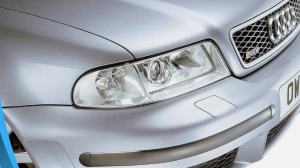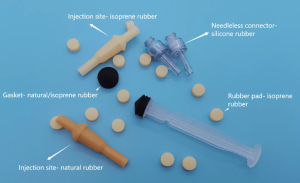Rubber moulding is essentially the process of using raw rubber to create 2D or 3D components of various shapes and sizes.
As a material, rubber is incredibly elastic and can easily be manipulated in numerous ways.
Rubber mouldings can serve a wide range of purposes, including reducing vibration and noise and preventing leaks and friction.
What kind of items are made using rubber moulding?
The list of items that are produced using rubber moulding is extensive but includes things such as car bumpers, O-rings, seals, plugs, grommets, rubber mounts, suction cups, and washers.

Rubber moulding methods
The three most common methods are compression moulding, injection moulding, and transfer moulding.
Compression moulding involves heating unvulcanised rubber so that it expands into the required shape. When it is vulcanised/cured, it will then keep its shape when it is removed from the mould after cooling. The main advantages of this method are that it is fairly simple and does not generate much waste.
Injection moulding is used where the products need high precision, tight tolerances, and high accuracy. In this process, the raw rubber is heated until it is liquefied. It is then ‘injected’ into the mould via a nozzle. The advantages of this method are accuracy/precision and fast production times.
Transfer moulding shares similarities with both of the aforementioned methods. It compresses the unvulcanised rubber and then forces it through a nozzle-like channel. The rubber cures/vulcanises during the process. The benefits of this method are that it is more accurate than compression moulding and can be used to mass-produce items quickly.
In the UK rubber moulding is used in multiple industries including aerospace, automotive, construction, medical, and food/beverage.
Rubber moulding solutions
If you feel that this could be the solution you have been searching for, there are a number of UK rubber moulding specialists available who can help you and advise you of the best way that you can benefit from rubber moulding.

What materials are used for rubber moulding?
The three most commonly used types of rubber in this process are natural rubber, synthetic rubber, and silicone rubber.




